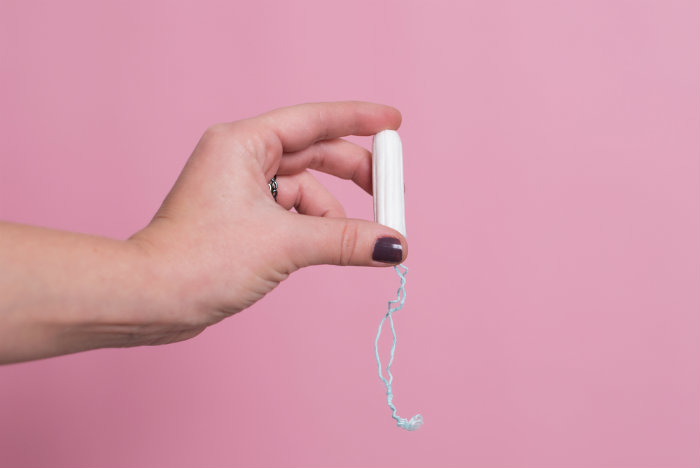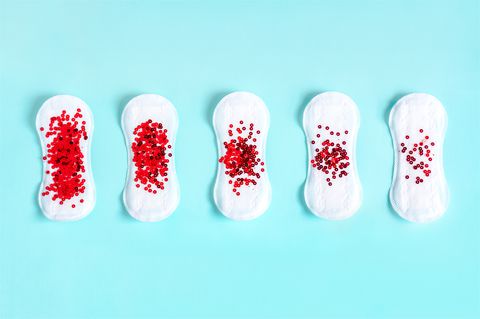There is nothing worse than going through that time of the month and suffering from the adverse effects of it on our face in the form of hormonal breakouts. While the cause of breakouts can vary from lack of sleep to food allergies, the menstrual variety may just be as frustrating.
So, what can you do? Aside from taking exceptional care of the skin to prevent them from popping up at all, your effort may prove to be worthless if you are unclear about the four menstrual phases in your cycle that makes your skin extra vulnerable for these nasty breakouts to surface. Read on to find out more:

Follicular (lasts 7 to 10 days) – The follicular phase begins on the first day of your period. During this time, there is a significant increase in estrogen, which prepares the uterine lining for implantation. It also improves the skin’s barrier, increases hydration, stimulates collagen and also elastin production. Your skin will look at its best in clarity and radiance.
Ovulation (lasts 3 to 5 days) – A lot happens during the ovulation phase. For starters, there is a rise in follicle-stimulating hormone (FSH) and the luteinizing hormone (LH), which stimulates the release of an egg. Your estrogen and testosterone levels continue to increase during this phase so the skin is still spared at this point.

Luteal (lasts 10 to 14 days) – Your hormones product estrogen and progesterone to fertilise an egg, but should that fail, the hormones reduce drastically while testosterone peaks. This provokes the skin, causing it to swell and increase sebum production while creating a healthy bacterial environment for acne to flourish. Towards the end of the phase, the skin also becomes dull, splotchy and sensitive as there is a lack of estrogen.
Menstrual (lasts 3 to 7 days) – Hormone levels drop drastically at this phase. With that said, there is a silver lining as it actually helps those breakouts heal quicker. However, the skin may become dry and dull until the estrogen levels start rising again for the follicular phase.
We suggest getting an app on your smartphone to track your menstruation cycle to pinpoint exactly when your skin could be acting up. Hormonal breakouts, be gone!
[Source]










